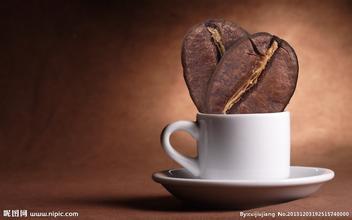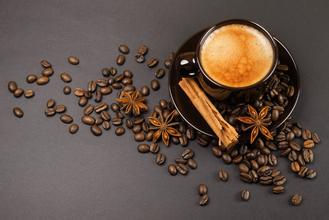Description of Taste and Flavor of Sunshine Yega Coffee introduction of Grinding Calibration Variety treatment method
Description of Taste and Flavor of Sunshine Yega Coffee introduction of Grinding Calibration Variety treatment method
The grading system of Ethiopian coffee is not based on the number of items, but on the proportion of defective beans in raw beans. In October 2009, Ethiopia launched the ECX boutique coffee trading classification system, and Q-Grader rated raw beans as follows:
Washed Yega Chuefei is divided into two grades: Grade 1 and Grade 2.
Grade 1, Grade 3, Grade 4 and Grade 5 were divided into sun Yega Xuefei.
Grade 1 is the highest grade, that is, Yega Xuefei with the lowest defect rate and the best quality.
1. Natural solarization (Natural/Dried-in-the-Fruit): the fruit begins the process of sun drying without treatment after picking. This is the oldest method of treatment in existence. The drying process usually lasts about 4 weeks. The method of handling must be very strict to ensure that the coffee does not lose any flavor. The natural sun method requires the local climate to be extremely dry. In some areas, people use dryers to assist in the drying process of coffee fruit (the hot air of the dryer can speed up the drying process and help people control the degree of drying)
Yejassefi's coffee trees were planted by European monks (a bit like Belgian monks growing wheat to brew beer) and were later transferred to farmers or cooperatives. Yejia Chuefei is actually constructed by surrounding coffee communities or cooperatives, including Edido Idido, Hafusa Harfusa, Hama Hama and Biloya near Fog Valley Misty valley, all washed with water, but there are also a small number of off-product beans engraved with sun to enhance the charming fruit aroma and mellow thickness. These mountain villages are foggy, like spring all year round, with a gentle breeze in summer, cool but not hot, rain but not damp, and no cold damage in winter, giving birth to a unique regional flavor of citrus and flowers. Coffee trees are mostly planted in farmers' own backyard or mixed with other crops in the field, the yield per household is not much, it is a typical rural coffee. Yega Xuefei won the prize beans almost from the above-mentioned coffee villages and communities.

Important Notice :
前街咖啡 FrontStreet Coffee has moved to new addredd:
FrontStreet Coffee Address: 315,Donghua East Road,GuangZhou
Tel:020 38364473
- Prev

Introduction to the grinding scale of Burundian coffee beans produced by the method of flavor description and taste treatment
Burundian coffee bean flavor description, taste treatment, regional grinding scale of Burundian coffee varieties introduced Burundian coffee was first introduced by the Germans in the 1900s; they found that bourbon was the most suitable coffee variety to grow in the local climatic environment. the local climate is usually tropical plateau climate, with a very large temperature difference between day and night. However, due to the suspension of investment in coffee research, bourbon became a stay.
- Next

The difference between mechanical picking and manual picking of coffee beans-hand-picked coffee in Hawaii
The difference between mechanical picking and manual picking coffee beans-Hawaiian hand-picked coffee one. Mechanical picking is suitable for coffee gardens with flat land and large areas of plantation. afterwards, it is necessary to check the coffee beans picked by the machine and pick out the leaves and branches that have fallen in the funnel. This method is often used in Brazil. Advantages: low cost, high efficiency, disadvantages: automated machine harvesting will harvest trees
Related
- Detailed explanation of Jadeite planting Land in Panamanian Jadeite Manor introduction to the grading system of Jadeite competitive bidding, Red bid, Green bid and Rose Summer
- Story of Coffee planting in Brenka region of Costa Rica Stonehenge Manor anaerobic heavy honey treatment of flavor mouth
- What's on the barrel of Blue Mountain Coffee beans?
- Can American coffee also pull flowers? How to use hot American style to pull out a good-looking pattern?
- Can you make a cold extract with coffee beans? What is the right proportion for cold-extracted coffee formula?
- Indonesian PWN Gold Mandrine Coffee Origin Features Flavor How to Chong? Mandolin coffee is American.
- A brief introduction to the flavor characteristics of Brazilian yellow bourbon coffee beans
- What is the effect of different water quality on the flavor of cold-extracted coffee? What kind of water is best for brewing coffee?
- Why do you think of Rose Summer whenever you mention Panamanian coffee?
- Introduction to the characteristics of authentic blue mountain coffee bean producing areas? What is the CIB Coffee Authority in Jamaica?

